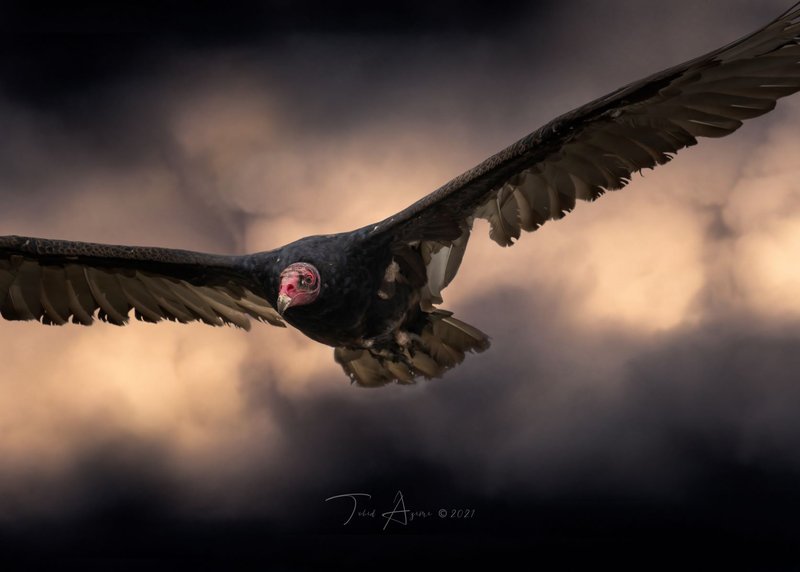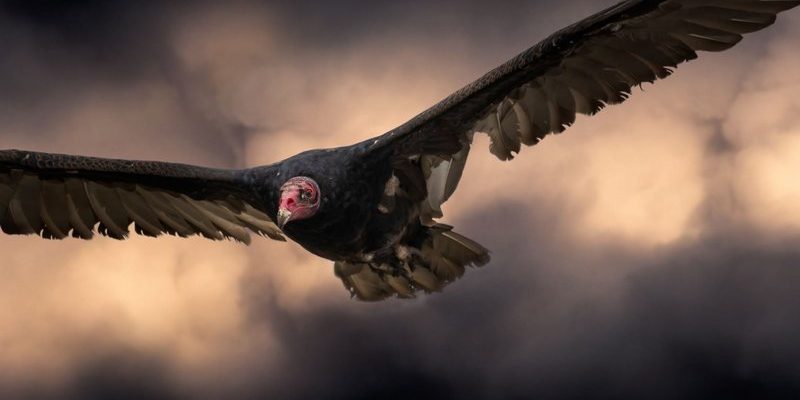
Across various cultures, the turkey vulture symbolizes more than just death and decay; it holds a mix of meanings that reflect human experiences, spiritual beliefs, and nature’s cycles. So, grab a coffee, and let’s dive into how this fascinating bird has fluttered its way into our stories and traditions, from ancient myths to modern interpretations. You might find yourself looking at these birds in a whole new light!
The Turkey Vulture in Native American Mythology
Native American cultures have often woven the turkey vulture into their myths and beliefs. For many tribes, this bird represents transformation and renewal. In some stories, the turkey vulture is seen as a helper in the cycle of life, guiding souls to the afterlife and ensuring that nothing goes to waste in nature.
For instance, in some **Plains tribes**, the turkey vulture is considered a symbol of purification. Its role as a scavenger highlights the importance of cleaning up the environment, reminding us to respect the circle of life. Scavengers like the turkey vulture help break down organic matter, returning nutrients to the earth. This role isn’t just about death; it’s about rebirth. Think of it like a natural recycling system.
Turkey Vultures in Folklore Around the World
Outside of North America, the turkey vulture appears in folklore from various corners of the globe. In **Central America**, for example, some cultures believe that turkey vultures are the souls of ancestors watching over people. This idea creates a fascinating connection between the living and the dead, where these birds are seen as guardians.
Similarly, in certain South American traditions, the turkey vulture is associated with the sun. Some myths describe it as a messenger, carrying the sun’s warmth to the earth. The vibrant narrative around the turkey vulture varies immensely, showcasing how different societies interpret their behaviors and habitats.
Symbolism of the Turkey Vulture in Art and Literature
The turkey vulture isn’t just a character in myths; it’s also a standout figure in art and literature. Artists have often depicted this bird to symbolize resilience and adaptability in harsh environments. Its ability to soar high above the landscapes while spotting food has made it an emblem of survival.
In literature, the turkey vulture can represent deeper themes of decay and regeneration. You might find it in poetry where it serves as a reminder of the inevitable cycle of life and death. By using the turkey vulture in various narratives, writers can reflect on human experiences and our connection to nature. It raises questions about mortality and what it means to thrive amidst adversity.
The Turkey Vulture as a Cultural Icon
In many cultures, the turkey vulture has become a cultural icon, showing up in festivals and traditions. For example, in some places, people celebrate the role of scavengers like the turkey vulture during harvest festivals. These events honor the balance of nature and the contribution of these birds to the ecosystem.
In modern culture, the turkey vulture has also found its way into cartoons, movies, and even sports team mascots. This usage often emphasizes its unique characteristics, blending humor with a nod to its more serious ecological role. When you see a turkey vulture depicted in pop culture, it often comes with a mix of admiration and jest, showcasing its fascinating duality.
Environmental Significance of Turkey Vultures
Beyond culture and folklore, turkey vultures play a crucial role in the environment. As scavengers, they help keep ecosystems clean by consuming dead animals. This behavior prevents the spread of disease and contributes to the overall health of the environment.
You might be wondering how we can appreciate turkey vultures on a deeper level. Next time you spot one soaring overhead, remember that it’s not just a scavenger; it’s a vital part of the ecosystem. By understanding their role, we can appreciate their importance in maintaining the balance of nature, which is a common theme across cultures.
Challenges Facing Turkey Vultures Today
Despite their cultural significance, turkey vultures face challenges today, particularly from habitat loss and poisoning. As urban areas expand and wild spaces shrink, these birds struggle to find suitable environments to thrive. Additionally, they can be affected by poisoning from carcasses that have been treated with toxins.
Here’s the thing: Protecting turkey vultures means protecting our environment. Efforts to maintain their habitats, create wildlife corridors, and educate the public about their importance can help in their conservation. By appreciating their cultural representations, we can also take action to ensure their survival in the wild.
The turkey vulture may not be the most glamorous bird, but its representation in culture and folklore is rich and varied. From ancient myths to contemporary symbols, this bird embodies themes of **transformation**, **renewal**, and the intricate balance of nature. Just like our quirky friend with hidden depths, the turkey vulture teaches us lessons about life, death, and everything in between.
As you encounter these fascinating birds in your life, whether on a hike or in artistic representations, take a moment to reflect on the unique roles they play in both our ecosystems and our stories. After all, every creature has a story to tell if we’re willing to listen.

